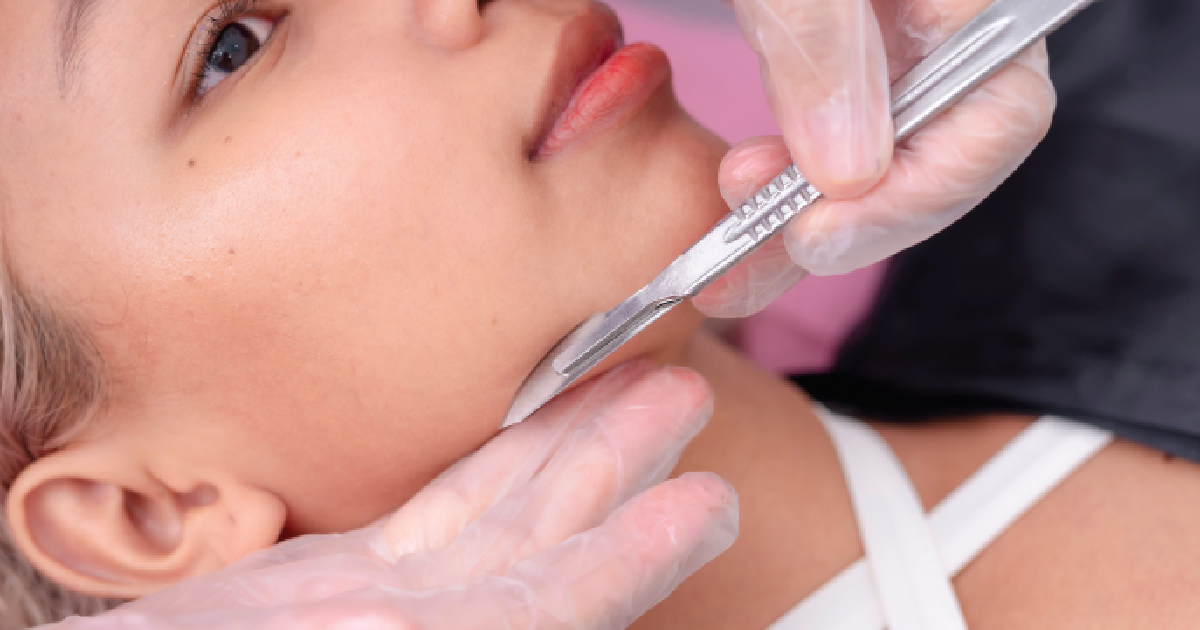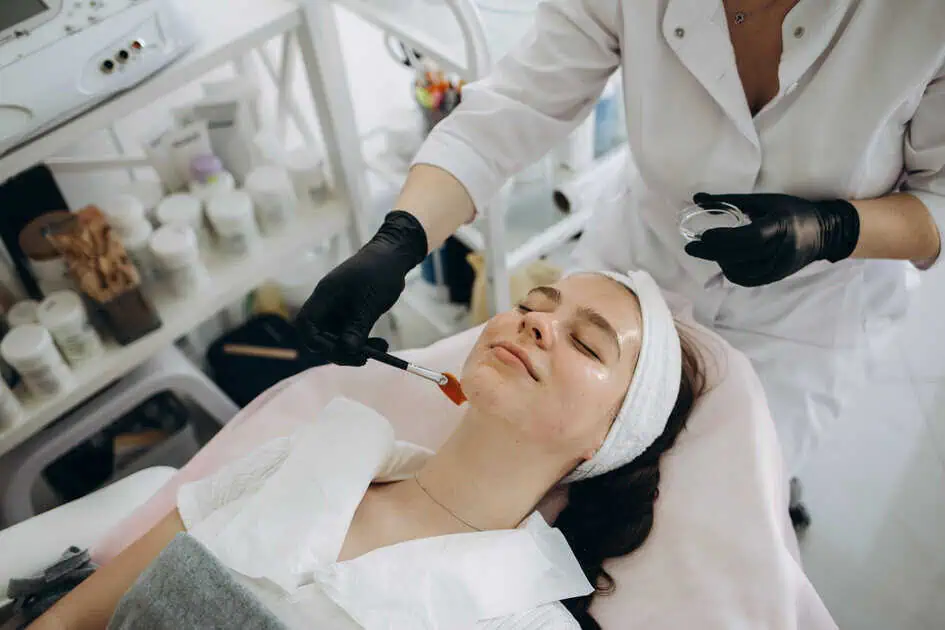Table of Contents
If you’re experiencing hair thinning or shedding, it’s natural to wonder how soon hair loss treatments will start working.
At Quality Care Internal Medicine & MedSpa in Allen, TX, we take a medical approach to hair restoration. We focus not just on symptoms but on the root causes of hair loss. This approach ensures long-term, sustainable outcomes through individualized treatment plans tailored to your health.
Our patients often ask how long they’ll need to wait to see results. The answer depends on your unique health profile and the underlying factors contributing to your hair loss. For the best hair regrowth treatment, it’s essential to be consistent, patient, and medically guided.
Understanding the Hair Growth Cycle
Hair growth happens in phases: anagen (growth), catagen (transition), telogen (rest), and exogen (shedding). Hair loss occurs when this natural cycle is interrupted.
The stated interruption may be due to hormone imbalances, nutritional deficiencies, medication side effects, or systemic conditions. Your practitioner’s role is to determine where the interruption occurs and implement solutions that restart healthy growth cycles.
Medications as Part of Medical Hair Loss Treatments
So how long does it take for hair loss treatments to work? When guided by medical expertise, most patients start seeing early improvements in 3 to 6 months and more noticeable regrowth in 9 to 12 months. The key is consistency, follow-through, and individualized care.
In many cases, medications are included in a hair regrowth plan. These help prolong the hair’s growth phase or reduce the impact of hormones like DHT, which are often responsible for follicle shrinkage.
These medications typically begin showing results within 3 to 6 months. More significant changes are occurring closer to the one-year mark. Your commitment to the treatment plan plays a large role in the outcome.
Factors That Affect Hair Loss Treatment Timelines
Several variables influence how quickly you’ll see results from your hair loss treatments. These include:
- Severity and duration of hair loss: Early intervention often leads to faster results. Long-standing hair loss typically requires a longer timeline for recovery.
- Underlying medical conditions: Thyroid disorders, anemia, autoimmune conditions, and other chronic health issues can delay progress until they’re properly managed.
- Hormonal imbalances: Elevated androgens, low thyroid hormones, or changes in estrogen levels significantly impact how follicles respond to treatment.
- Nutritional deficiencies: Lack of iron, vitamin D, or zinc can impair follicle activity and slow regrowth even when treatments are used consistently.
- Age and genetics: Younger individuals often respond more quickly due to more active hair follicles, but genetic predisposition also plays a strong role in outcomes.
- Consistency and compliance: Sticking to your prescribed treatment and lifestyle plan is essential. Skipping medications or not attending follow-ups can delay or reduce results.
- Stress and inflammation: High stress and systemic inflammation negatively impact the hair growth cycle and must be managed alongside treatment.
Understanding these factors can help set realistic expectations and highlight the importance of a personalized and medically guided plan.
Lifestyle and Nutritional Adjustments
Before hair regrowth becomes visible, your body must be primed to support healthy follicles. While medical interventions are essential, they are most effective when combined with strategic lifestyle changes and proper nutrition.
Improve your diet
Eating a well-balanced diet rich in protein, omega-3s, iron, and vitamins (especially A, D, and biotin) can support hair health and overall wellness.
Hydration
Drinking adequate water daily helps maintain scalp and follicle hydration, which is essential for growth.
Reduce stress
Chronic stress elevates cortisol and other hormones that interfere with the hair growth cycle. Incorporating mindfulness, rest, and relaxation practices can positively impact your progress.
Correct deficiencies
We often prescribe supplements or dietary changes based on lab findings to restore nutrient balance and optimize treatment outcomes.
Exercise regularly
Physical activity increases circulation and oxygenation to the scalp, supporting follicle regeneration.
These adjustments, when aligned with your medical treatment plan, can enhance the effectiveness of your hair loss treatments. Moreover, they can also contribute to long-term success.
Step-by-Step: Medical Hair Loss Treatments in Allen, TX
Our process at Quality Care Internal Medicine & MedSpa is comprehensive and medically grounded. Here’s how we guide you through your hair restoration journey:
Initial Consultation
Every patient begins with a detailed consultation where we take the time to understand the full picture of your health. During this stage, we:
- Review your complete medical history
- Assess for chronic illnesses or hormonal disorders
- Order essential blood work
- Perform a scalp and hair pattern analysis
- Evaluate health and lifestyle habits
This is a critical step to ensure your Hair loss treatment is not only targeted but also safe and effective. We use the findings from your consultation to formulate a customized plan.
Treatment Approach
Once we understand the root causes of your hair loss, we move into the treatment phase. Our team:
- Conducts complete lab testing to assess thyroid function, nutrient levels, and inflammation markers
- Reviews all current medications to identify potential culprits contributing to hair thinning
- Checks hormone levels to address imbalances, such as androgens, estrogen, or thyroid hormones
- Performs a nutritional evaluation to detect deficiencies in iron, zinc, vitamin D, and more
- Prescribes pharmaceutical treatments (such as minoxidil or finasteride) when appropriate
- Schedules regular follow-up visits to monitor your progress and adjust the plan as needed
This approach supports consistent improvement over time, focusing on internal balance and external results. It’s not about masking the issue—it’s about solving it.
Results and Progress
When properly treated, most patients begin to see improvement in hair texture and reduced shedding within three to six months. Significant regrowth, however, may take six to twelve months. This can also be true for advanced hair treatment procedures.
The results depend on addressing the internal medical causes. Our regular check-ins ensure we’re tracking your response and optimizing the plan as needed. With our method, each phase of treatment builds upon the last to deliver effective, long-term hair regrowth.
Quality Care Internal Medicine & MedSpa: Hair Loss Treatments in Allen, TX
At Quality Care Internal Medicine & MedSpa, our expertise in diagnosing and treating the medical causes of hair loss sets us apart. We offer hair loss treatments in Allen, TX that go far beyond surface-level care. We consider hormonal balance, nutritional health, underlying conditions, and lifestyle as part of a full-spectrum evaluation.
Start Your Hair Restoration Journey!
Frequently Asked Questions
Do I need to continue treatment after my hair grows back?
Yes, maintaining results typically requires ongoing treatment and lifestyle support to prevent future hair loss.
Can stress really affect my hair loss treatment progress?
Absolutely. Chronic stress can disrupt hormone balance and slow the effects of treatment.
Are hair loss treatments the same for everyone?
No, treatment plans are customized based on each patient’s medical history, hormone levels, and nutritional status.
Is it necessary to have lab work done before starting treatment?
Yes, lab work helps identify underlying causes like deficiencies or hormonal imbalances that affect hair growth.





